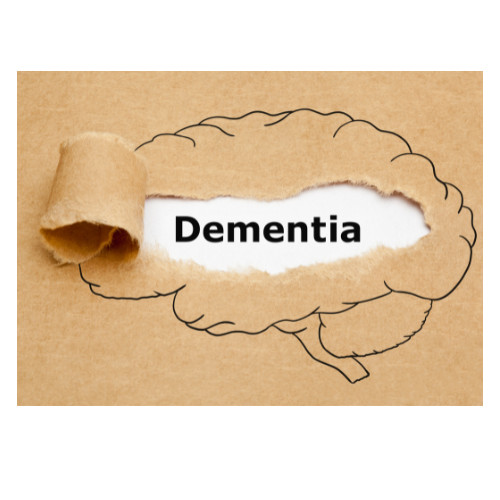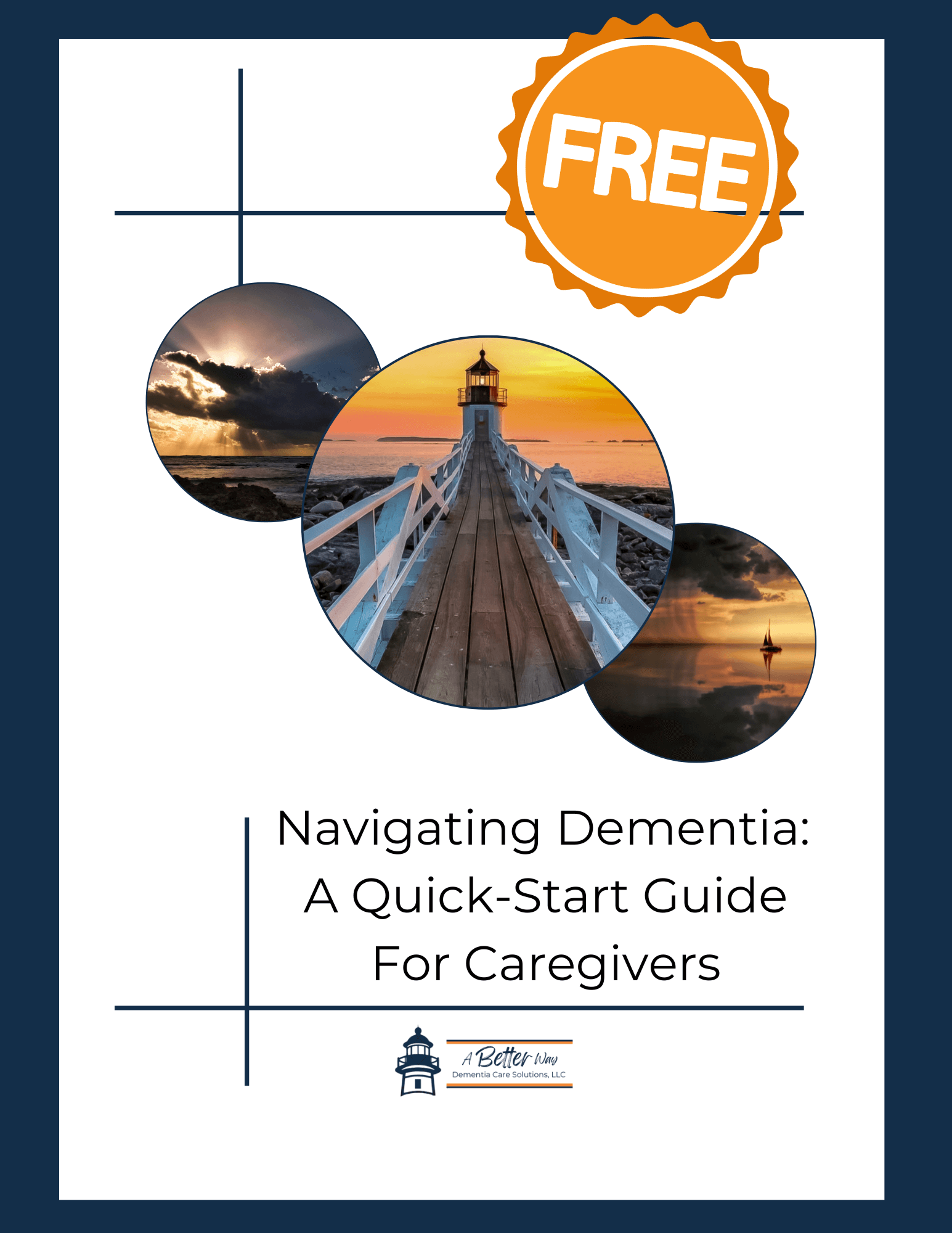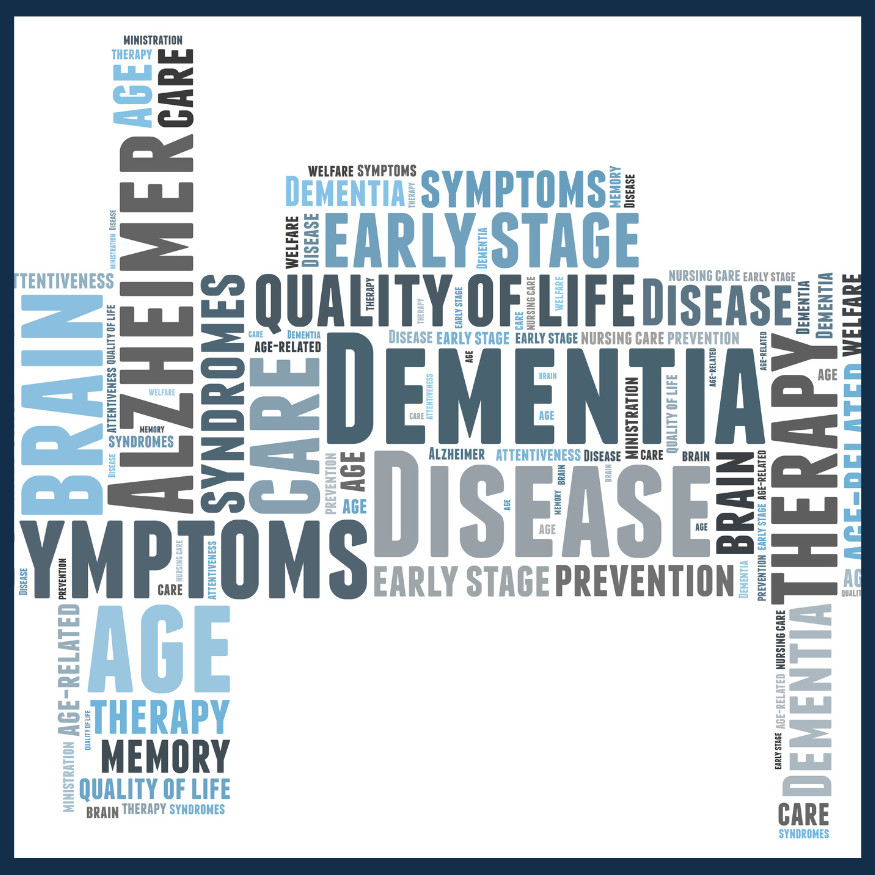
Dementia can be a scary word. It’s one of those terms that, once it enters your life, changes everything. However, understanding what dementia is and the different forms it can take is a crucial first step in navigating this challenging journey.
What Exactly Is Dementia?
Let’s start with the basics. Dementia isn’t a single disease—it’s more like an umbrella term that covers a variety of cognitive impairments. These impairments affect memory, thinking, and social abilities to the point that daily life is disrupted. While we often associate dementia with aging, it’s not a normal part of getting older. In fact, dementia occurs when brain cells are damaged, leading to changes in how the brain functions.
Imagine your brain as a network of highways, where information zips along, helping you remember a name, recognize a face, or solve a problem. Dementia causes blockages and detours on those highways, making it harder and harder for information to get where it needs to go.
Now that we have a general idea of what dementia is, let’s dive into the four most common forms of dementia and their characteristics.
1. Alzheimer’s Disease
When people hear “dementia,” they often think of Alzheimer’s disease, and for a good reason—it’s the most common form, accounting for 60-80% of cases. Alzheimer’s is a progressive disease, which means it worsens over time.
What to Expect with Alzheimer’s:
- Memory Loss: The hallmark symptom, starting with recent memories and gradually affecting older ones.
- Confusion: Disorientation about time, place, and people, even familiar ones.
- Difficulty with Language: Struggling to find the right words or follow conversations.
- Changes in Mood and Personality: Anxiety, suspicion, or depression can develop, making the person you care for seem very different.
Alzheimer’s is linked to plaques and tangles in the brain—abnormal protein deposits that damage and kill brain cells. Unfortunately, there’s no cure, but treatments can help manage symptoms and improve quality of life.
2. Vascular Dementia
Vascular dementia is the second most common type of dementia, caused by reduced blood flow to the brain, often due to strokes or a series of mini-strokes.
What to Expect with Vascular Dementia:
- Impaired Judgment: The person may struggle with decision-making or planning.
- Difficulty with Concentration: Maintaining focus on tasks can become challenging.
- Sudden Changes in Abilities: Depending on where the blood flow is reduced, symptoms can appear suddenly and vary widely.
- Mood Swings and Depression: Emotional changes are common and can be very distressing.
Because it’s tied to vascular issues, managing risk factors like high blood pressure, diabetes, and high cholesterol can slow the progression of vascular dementia.
3. Lewy Body Dementia
Lewy body dementia (LBD) is a form of dementia closely related to Alzheimer’s and Parkinson’s diseases. It’s caused by abnormal deposits of a protein called alpha-synuclein in the brain.
What to Expect with Lewy Body Dementia:
- Visual Hallucinations: Seeing things that aren’t there is a common early symptom.
- Movement Difficulties: LBD can cause stiffness, shuffling, or tremors, similar to Parkinson’s.
- Fluctuating Cognitive Abilities: The person might be clear one day and very confused the next.
- Sleep Disorders: Vivid dreams, acting out dreams, or trouble staying asleep are common.
LBD is tricky because its symptoms can overlap with other types of dementia, but understanding its unique characteristics can help in managing the care approach.
4. Frontotemporal Dementia (FTD)
Frontotemporal dementia (FTD) is less common but important to mention. It primarily affects the front and sides of the brain, which control behavior and language.
What to Expect with Frontotemporal Dementia:
- Behavioral Changes: Early symptoms often include personality changes, impulsiveness, or socially inappropriate behavior.
- Language Problems: Difficulty with speaking or understanding language is common.
- Movement Issues: Some forms of FTD can affect motor skills, leading to weakness or difficulty moving.
Unlike Alzheimer’s, FTD often strikes younger—typically between the ages of 45 and 65. This can make it particularly challenging, especially for families still in the midst of careers and raising children.
Conclusion: Understanding Leads to Better Care
Each type of dementia has its own unique challenges, but they all share the common thread of disrupting the life of the person you care for and those around them. Understanding the specific form of dementia your loved one is facing can help you approach their care with greater empathy and effectiveness.
Remember, while dementia might change the path of life, you’re not walking it alone. There are resources, support groups, and treatments available that can make this journey a little bit easier for both you and the person you care for.
Call to Action
Stay Informed and Supported!
Call to Action:
Join Our Private Caregiver Community
If you're looking for a safe space to share your caregiving experiences, ask questions, or simply connect with others who understand the challenges you face, join our private Facebook support group for caregivers. It's a supportive, empathetic community where you can find encouragement and answers when you need them most. Click here to join.
Subscribe to Our Newsletter & Download Your Free E-Book
For more valuable tips, resources, and updates on dementia care, click here to subscribe to our newsletter today!
Looking for activities to try with the person you are caring for? To explore dementia-friendly games and activities in our Etsy shop, click here.
To help you prepare for and manage doctor’s appointments with the person you care for, click here to receive our free downloadable e-book, Navigating the Doctor's Office: A Caregiver’s Guide.

Affiliate Disclosure
A Better Way - Dementia Care Solutions, LLC participates in the Amazon Associates Program, which means we earn a small commission when you buy through links on our site, at no extra cost to you. We only recommend products that we believe can help caregivers on their journey.
Disclaimer: The information provided in this blog is for educational purposes only and should not be considered medical advice. Always consult with a doctor or a licensed physical therapist before starting any new exercise routine, using assistive devices, or following the recommendations mentioned. Every individual’s needs are different, and professional guidance is essential to ensure safety and appropriateness of care.
Want to keep figuring this out together?
Subscribe to Finding Our Way in Dementia Care and get honest stories, helpful tips, and gentle support delivered to your inbox every week. Just real talk, grounded care, and space to breathe.
Subscribe to Finding Our Way in Dementia Care and get honest stories, helpful tips, and gentle support delivered to your inbox every week. Just real talk, grounded care, and space to breathe.
Kind truth. Clear steps. Warm guide.

















0 Comments